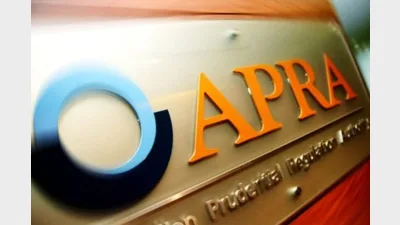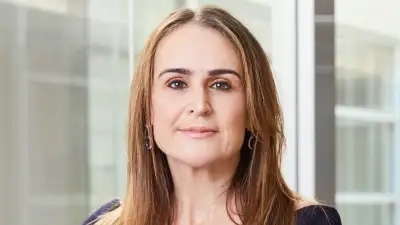(March-2002) Navigating the FSR Act
Australian Financial Services Licence
These are not needed by super funds providing factual information to members or prospective members, as well as trustees of self-managed funds or funds that are not public offer. But, because there is a very fine line between providing general information and advice, some lawyers recommend obtaining a licence.
Those that need to be licensed can opt in at any time prior to March 11, 2004. While new disclosure requirements apply if products in a new class are issued, the test is extremely generous and most funds will be able to benefit from the two-year disclosure transitional period. Licence applications should be completed online and the fee is $240.
Product Disclosure Statement (PDS)
The FSR provides increased consumer protection by forcing financial product issuers, including both public offer and corporate super funds, to increase their disclosure through the Product Disclosure Statement (PDS).
Old or new products in existing product classes already offered can start complying with the FSR at any time before March 11, 2004. But any new product released after March 11, 2002, and which is part of a new product class not currently offered, requires a PDS, although the test is generous.
The PDS replaces the member booklet and key feature statement. It should be clear, concise and effective. It must be clearly identified as the ‘Product Disclosure Statement’ on the front cover.
It can continue to be used as long as the information is current and accurate. A ‘Supplementary PDS’ can be used to add, update or correct information to an existing PDS.
A copy of the PDS does not have to be sent to ASIC, but ASIC must be notified within five business days after the first PDS is issued. The PDS must be kept for seven years and must be available on request.
The PDS has no set format. It can be issued either electronically or on paper, but it must include:
Name and contact details of the product’s issuer
The date the PDS was completed or lodged with ASIC
An outline of the product’s risks and tax implications
An outline of the costs involved including the Ongoing Management Charge (OMC) and other commissions or payments
Investment earnings reported after fees and charges.
Details of dispute resolution processes
SRI details — the extent to which labour standards, environmental, social or ethical considerations are taken into account in investment decisions
While funds can delay preparing the PDS for two years, they need to start collecting the information required for the OMC now. The PDS requires a history of five OMC ratios once it is issued and this must include the current financial year.
Funds can indicate the range of OMCs where there is more than one investment option offered.
Financial Services Guide (FSG) — for licensed funds
The FSG outlines the financial services offered by the provider and is similar to the Advisory Services Guide issued by securities dealers and investment advisers. It must be clearly identified as the FSG and dated. The information contained must be clear and concise. It must include details on:
l The provider, services provided and the different products these relate to
l Who the provider acts for
l Remuneration, commission and other benefits paid by the licensee to a person referring new clients
l Any relationships that could influence the individual’s decision
l Dispute resolution procedures
l Any appointments to act on behalf of other licensees.
Statement of Advice (SoA) — for licensed funds
Funds providing only personal advice must provide this statement. It must be clearly identified as the SoA and dated. The information provided must be clear and concise and must include:
The name and contact details of the person providing the advice
The advice and the basis for it
Details of remuneration, benefits and any other factor influencing the adviser
A warning if the advice is incomplete or inaccurate.
Unlicensed funds
Even if a fund doesn’t need to be licensed, trustees should note that:
l SIS regulations continue to apply until the FSR takes effect in March, 2004
l All transactions — excluding agreed regular contributions, fees and charges debited from the account and crediting of earnings, as well as transactions required by law — must be confirmed to members as soon as practical
l With the member’s agreement, confirmation can be done via post, phone, e-mail or the Internet. More flexible facility requirements apply to non-public offer funds.
l Members have a 14-day cooling off period and receive a full refund if they change their mind.
Recommended for you
The corporate regulator has launched civil proceedings against Equity Trustees over its inclusion of the Shield Master Fund on super platforms it hosted, but other trustees could also be in the firing line.
The shadow minister for financial services says reworking the superannuation performance test to allow investment in house and clean energy risks turning super into a ‘slush fund’ for government.
Australia’s superannuation sector has expanded strongly over the June quarter, with assets, contributions, and benefit payments all recording notable increases.
The Super Members Council (SMC) has called on the government to urgently legislate payday super, warning that delays will further undermine the retirement savings of Australian women.











